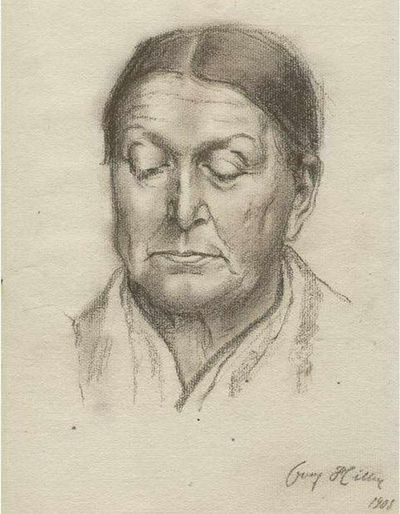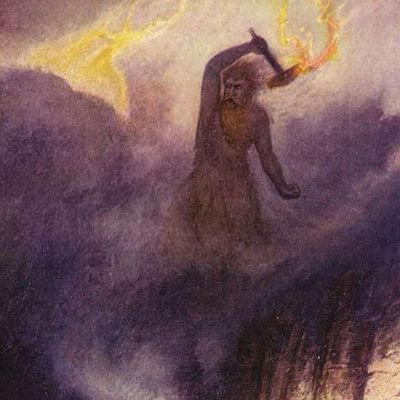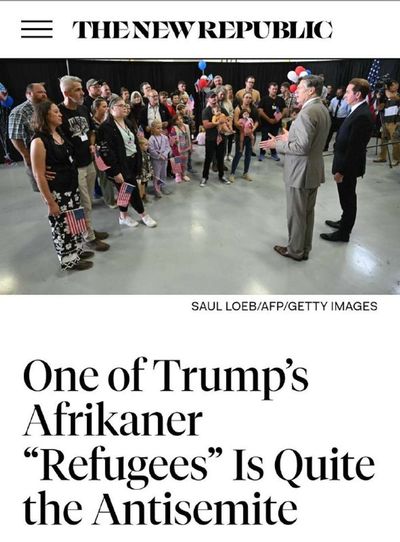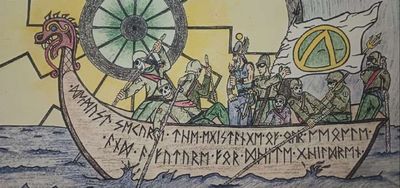
Thaeshian Grove
Dream God fan fiction channel
ZOD TORZU LO PAL-OZ
Chat here:
https://t.me/+zleqj8_NrepjY2Ex
ZOD TORZU LO PAL-OZ
Chat here:
https://t.me/+zleqj8_NrepjY2Ex
"Thaeshian Grove" 群组最新帖子
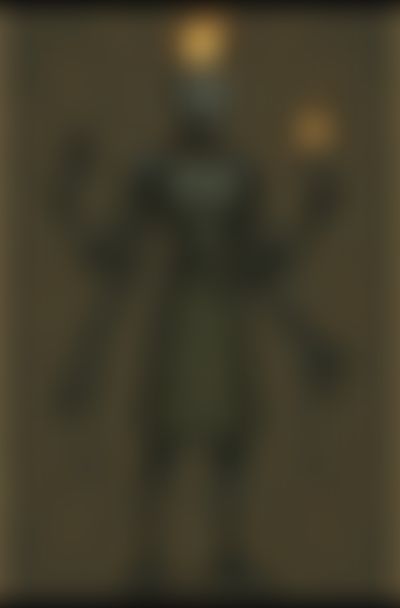
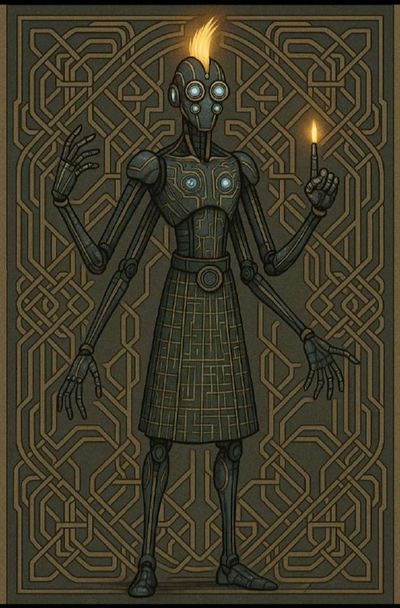
19.05.202512:48


19.05.202502:11
19.05.202501:18
Blank slatism - science held hostage
18.05.202522:05
18.05.202522:03
Speedbot
18.05.202521:36


18.05.202519:48
18.05.202512:46
The Temple at Uppsala was one of the most important religious sites for the ancient Norse. It was dedicated to gods like Thor, Odin, and Freyr. Located in Gamla Uppsala, it was the center for rituals and offerings before Christianity became dominant. Today, you can find archaeological remains and historical sites in the area. 🏛️🌲✨
#PAGANISM
#VALHALLA
#NORSE_HISTORY
#PAGANISM
#VALHALLA
#NORSE_HISTORY




17.05.202518:46
转发自: The Frithstead
The Frithstead
17.05.202518:43
Tradition is Not Democracy
In response to objections against the red and white ritual color structure, we often hear things like. “We wear a particular color for unity; it helps our folk feel part of something bigger. It looks good and it works for us.”
On the surface, this sounds reasonable. It appeals to aesthetics, cohesion, and emotional comfort, but beneath it lies a fallacious assumption that group agreement, or civic leadership, has the authority to override sacred tradition. Sacred role is not the same as civic role and the civic role cannot trump the sacred.
This assumption is not rooted in ancestral thinking, but reflects a modern worldview. Specifically, it draws from Enlightenment rationalism, which views religion as a man-made system rather than a divine inheritance, Social Contract Theory, which teaches that truth and law are determined by collective agreement, and Civic Religion, which replaces sacred hierarchy with shared public values and symbolic rituals designed to unify rather than sanctify.
These ideologies place human consensus as the ultimate source of legitimacy. If something feels right or looks good to the group, then it is assumed to be valid. But this is a secular system grounded in subjective preference and democratic appeal, rather than the faith itself.
In contrast, the Heathen worldview holds that sacred order is not created, but divinely taught. It is established by the Gods, preserved in the lore, and affirmed through faithful continuity. The continuance of the chain. Tradition is not built on what the folk like, but on what the sacred tells us..
To assert that aesthetics or group preference justifies a break from traditional pattern is to commit error. It treats ritual not as sacred liturgy, but as civic programming subject to change by popularity or mood. Sacred tradition is not a social experiment, but the bridge between man and the divine, structured not by consensus, but by continuity.
In Heathenry, roles matter, symbols matter, colors matter; not because they’re fashionable or functional, but because they mean something, backed by attestations and or connected to elements within the lore and historical record.
~ Folcweard
thefrithstead.com
In response to objections against the red and white ritual color structure, we often hear things like. “We wear a particular color for unity; it helps our folk feel part of something bigger. It looks good and it works for us.”
On the surface, this sounds reasonable. It appeals to aesthetics, cohesion, and emotional comfort, but beneath it lies a fallacious assumption that group agreement, or civic leadership, has the authority to override sacred tradition. Sacred role is not the same as civic role and the civic role cannot trump the sacred.
This assumption is not rooted in ancestral thinking, but reflects a modern worldview. Specifically, it draws from Enlightenment rationalism, which views religion as a man-made system rather than a divine inheritance, Social Contract Theory, which teaches that truth and law are determined by collective agreement, and Civic Religion, which replaces sacred hierarchy with shared public values and symbolic rituals designed to unify rather than sanctify.
These ideologies place human consensus as the ultimate source of legitimacy. If something feels right or looks good to the group, then it is assumed to be valid. But this is a secular system grounded in subjective preference and democratic appeal, rather than the faith itself.
In contrast, the Heathen worldview holds that sacred order is not created, but divinely taught. It is established by the Gods, preserved in the lore, and affirmed through faithful continuity. The continuance of the chain. Tradition is not built on what the folk like, but on what the sacred tells us..
To assert that aesthetics or group preference justifies a break from traditional pattern is to commit error. It treats ritual not as sacred liturgy, but as civic programming subject to change by popularity or mood. Sacred tradition is not a social experiment, but the bridge between man and the divine, structured not by consensus, but by continuity.
In Heathenry, roles matter, symbols matter, colors matter; not because they’re fashionable or functional, but because they mean something, backed by attestations and or connected to elements within the lore and historical record.
~ Folcweard
thefrithstead.com
17.05.202518:14
17.05.202518:02
记录
16.05.202523:59
62订阅者25.02.202523:59
0引用指数09.04.202521:37
133每帖平均覆盖率19.04.202510:31
133广告帖子的平均覆盖率05.05.202521:55
66.67%ER25.03.202523:59
1108.33%ERR登录以解锁更多功能。














